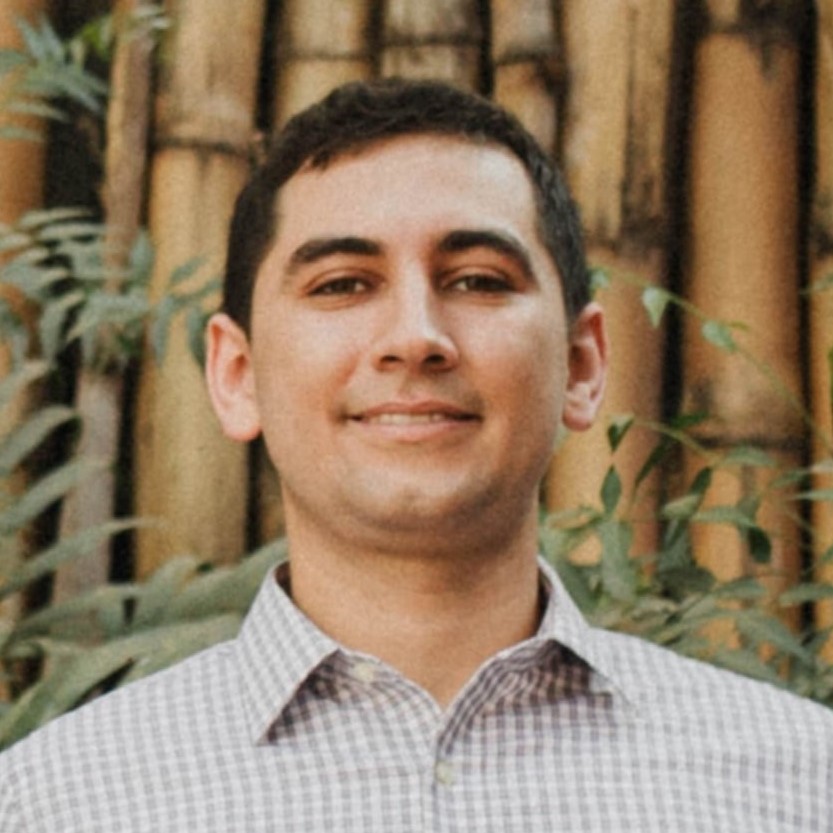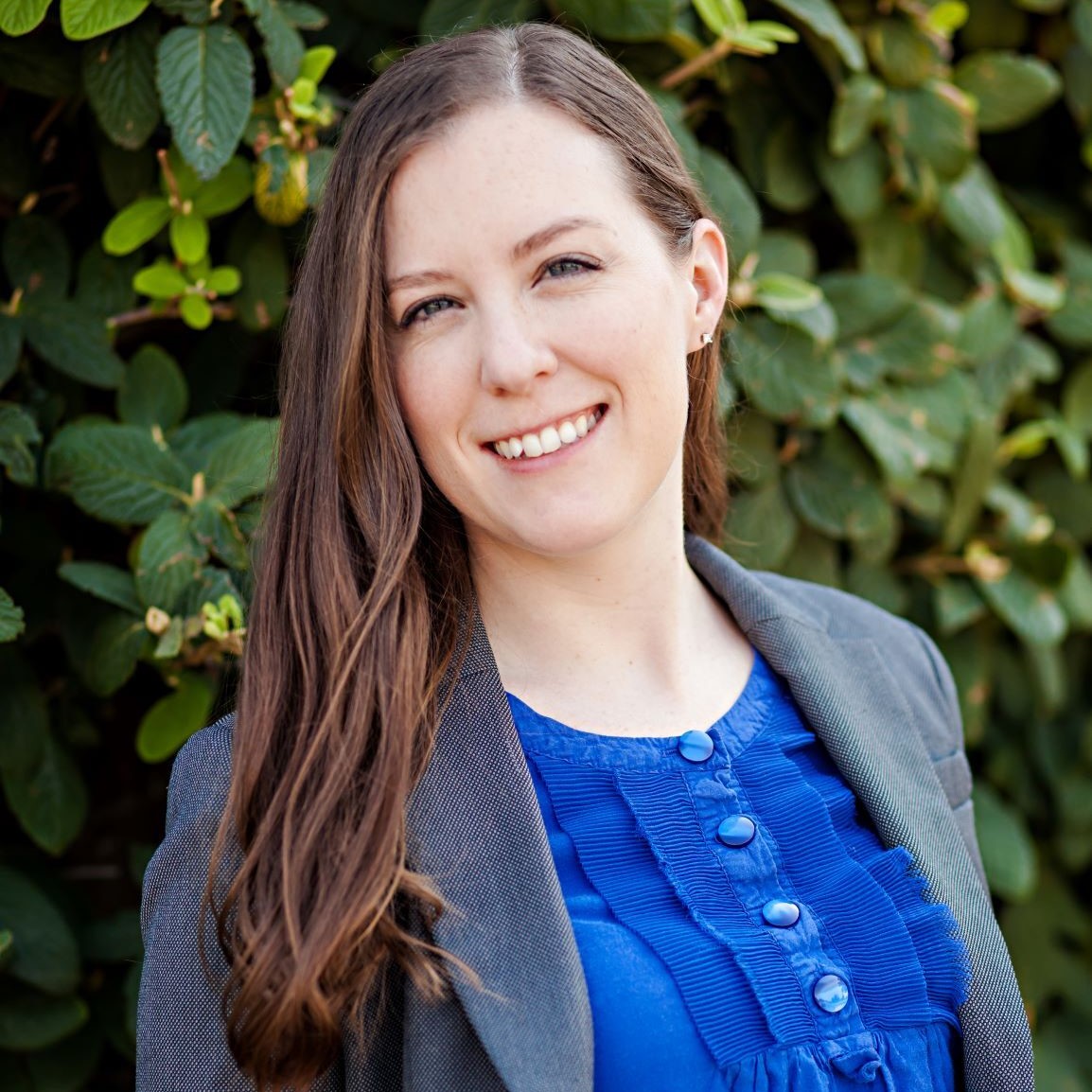Patient Preferred
Based on subject matter expert interviews with board certified physicians and nurses, clear medication instructions and explanations help patients to follow instructions and prevent readmission.
Guided by this feedback, the Clarifying Care discharge summary was organized to include medication instructions first, focusing on explaining the prescribing instructions and uses for the medication.
In a survey of users from the general public, 92% preferred the medication instructions from Clarifying Care output compared to the original hospital medication instructions. Additionally, survey respondents scored an example Clarifying Care discharge summary as high on explaining medical jargon, usefulness, and patient friendliness.
Easier to Read
The Dale-Chall readability score was selected to quantify Clarifying Care's impact on readability. This readability metric provides a grade level estimate based on the proportion of complex words vs. standard words present.
Clarifying Care achieved decrease in language complexity by at least one full grade level, achieving an average output score of 8.21 (11th to 12th grade) compared to the medical notes input average of 9.29 (college level).
Discharge Summaries
Our sample discharge summaries came from the MIMIC-IV-Note dataset.
LLM & RAG
Generating a discharge summary requires understanding complex text and transforming it into easy to understand summaries. Large Language Models (LLMs) excel in both summarization and generation tasks.
We selected LLAMA 2 as a starting LLM, and Langchain to enable Retrieval-Augmented Generation (RAG) and source citation.
RAG can be generally thought as of “A technique for enhancing the accuracy and reliability of generative AI models with facts fetched from external sources.”
In this case, Clarifying Care utilizes the input hospital notes to source answers for a set of prompts.
Given that LLMs will continue to be improved and released, RAG provides us with a modular framework allowing for easy swapping of LLMs without significant re-work.
.
We used a quantized model from Hugging Face during project development in order to leverage CPU processing on our computers .
The GGUF model format was flexible for initial development and testing on readily available hardware.
Given the modular framework, after initial development, the application was later hosted on an AWS instance, leveraging greater GPU computational availability.
Patient-Friendly Generation
After development of the app framework, we developed an example patient-friendly discharge summary.
Unfortunately, there are no uniform recommendations for discharge summaries and formats are highly variable across US hospitals.
Initially, a published format based on the SBAR method was selected.
After interviewing and receiving feedback from board certified physicians and nurses, an alternate and more patient-friendly format was selected.
The final format provides more emphasis on patient after-care instructions and medications:
- Admission & Patient Information
- Next Steps (Care and Medications)
- About the Stay (Admission History and Diagnoses)
- Relevant Exams and Results
Given that RAG provides a modular framework, the prompts can be easily switched out to generate a hospital's preferred discharge summary format.
Thank you to the board certified physicians and nurses that collaborated with us:
- Dr. Andy Peiffer MD, PhD
- Dr. Anna Woods, MD
- Sara Fenton, RN




